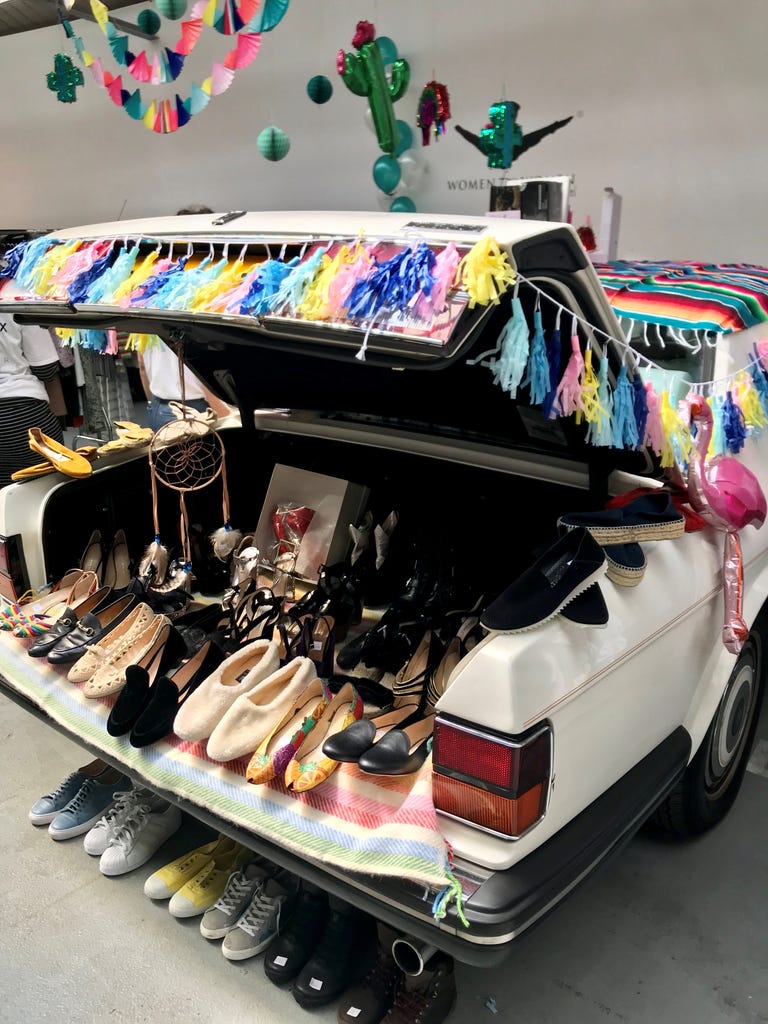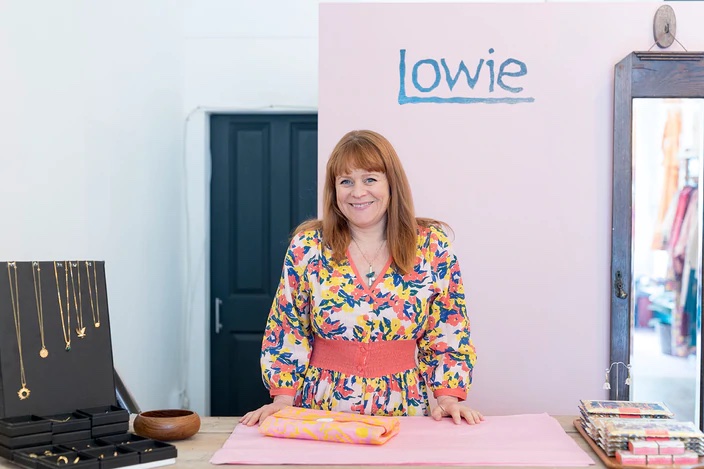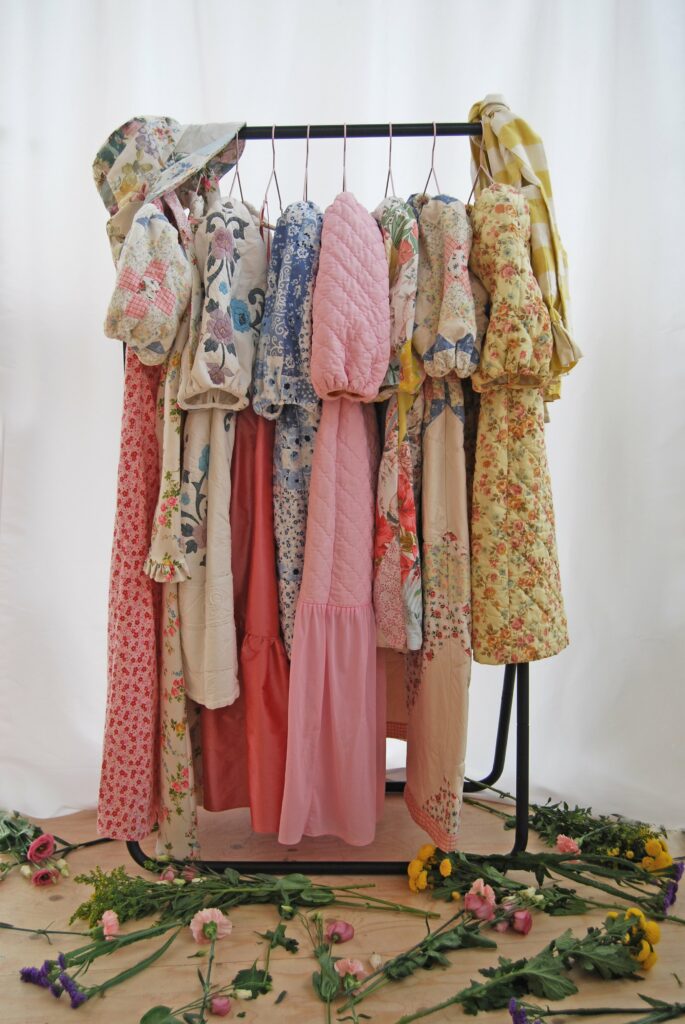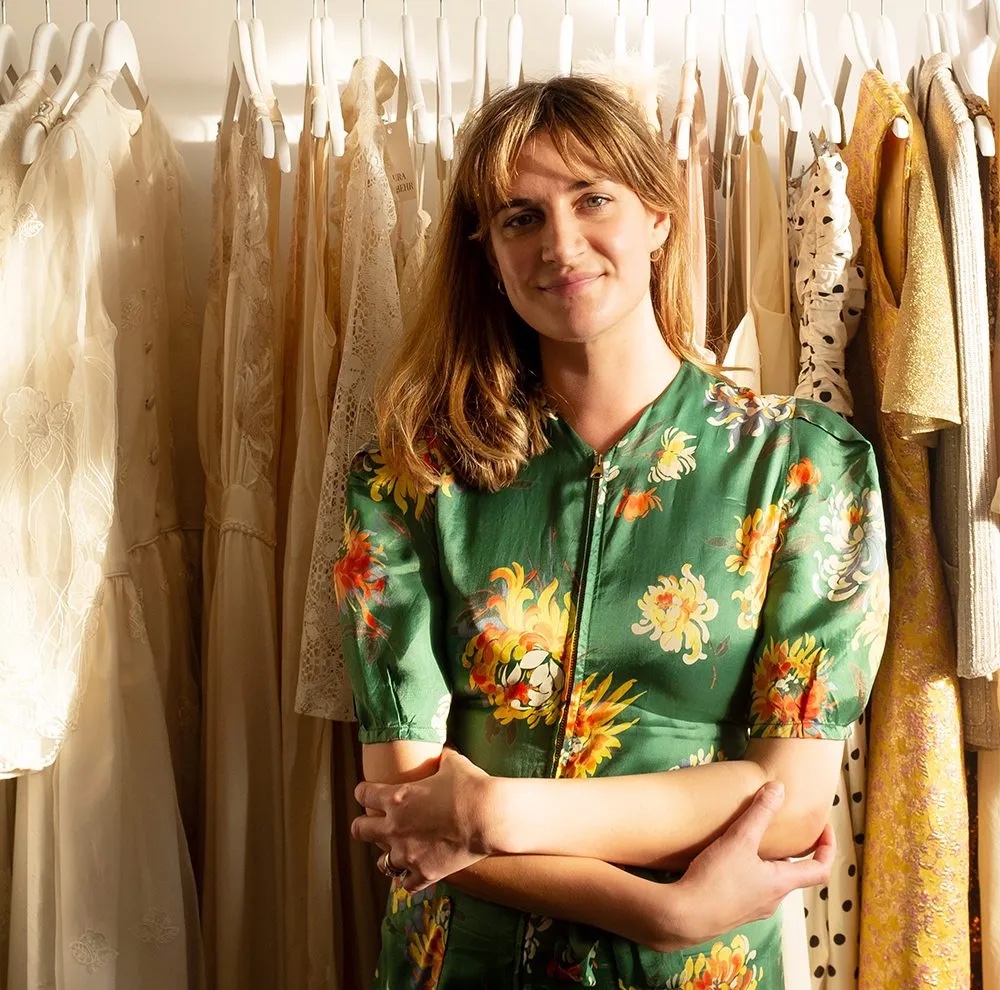Sustainability in retail is no longer optional
Fashion retail stores are now looking to ensure that their utilisation is sustainable. Their brand community, care and repair are top of mind when planning for the future of their retail offering. It appears that sustainability in retail is no longer optional.
With retail stores on the rise post-pandemic, retailers are majorly re-thinking their consumption and supply chain transparency when expanding their physical store presence.
Read our below Snapshot blog post to hear more on the topic.
We can see this trend emerging throughout the luxury Fashion retail sector internationally. Some examples of the larger retailers showing more sustainable practices are the likes of Harrods recently adding repair and alterations services in-store & Selfridges hosting a car boot sale at the beginning of May. In addition, Le BHV Marais in Paris is investigating childrens-wear reselling with a pop-up shop labelled 'Kids O'Clock'.
Subsequently, the sector has a significant drive to establish a culture of repair and reuse, with the larger retailers openly showcasing their attempts. Still, it is also evident that smaller retail brands are making sustainable practice essential by using interesting and creative methods.

London Based store Lowie offers Free Repairs for life as part of their brand mission. Lowie states on their website, "It's estimated that people only keep a piece of clothing for two years. After that, pieces are either sold, given away, recycled, or disposed of.
Unfortunately, the latter seems to be the choice made by far too many, as around 300,000 tonnes of clothing find their way to the landfill each year. We want to increase the lifespan of your clothing and reduce the amount of clothing put in the bin each year."
Lowie, among others, is implementing repair options into their business model to combat the large amount of fashion waste accumulated each year.
We see repair departments being added into retail or studio spaces to accommodate this new development, aiding in the circularity of their fashion offerings.

Retailers are starting to implore a strong case for sustainable commerce, curating collections based on social and environmental criteria. Simultaneously, allowing customers transparency throughout their supply chain. In addition, e-commerce brands are making significant attempts to implement more sustainable production through products sourced or produced by them and scrutinising their shipping methods.
How can Physical Retailers promote their sustainability practises?
However, although brands are moving towards a more sustainable model, some sustainability challenges remain hard for e-commerce alone to resolve: the high rates of clothing returns and single-use plastic packaging are the most significant issues.
As a result, the attention is turning to physical retail, with brands carefully considering the products stocked, how they display items, and, more significantly, the effect on the amount people consume.
Physical retailers can use their space to promote their sustainability practices and raise awareness of solutions in-store and online. Thus, showing the consumer their circular supply chain efforts, and aiding in minimising returns in the process. Having a physical retail space, coupled with a complimentary online service, can work symbiotically to promote a brand's efforts holistically.
Take a look at a few retailer sustainability efforts
Selfridges launched its Project Earth campaign in 2020 and has been testing alternative retail formats through its Corner Shop concept store. In addition, they have run a series of pop-ups and pilots with circular service providers, including The Restory & Vestaire Collective.
Fashion rentals
The most outstanding service in our opinion, is its in-store rental boutique from the online fashion rental marketplace Hurr, which is situated in a prominent position within the Selfridges store. Physical retail can be a key touchpoint used to inform customers, whether in a permanent or flexible retail space, or both. Running pop-ups and permanent stores-within-stores with third-party service providers allows retailers to experiment without needing to manage logistics themselves.

Slow consumption and more measured purchases are the aims of retailers such as The Vintage Store, who have chosen Liverpool ONE to open its largest store to date. Launch at the end of May, the Liverpool site spans 12,000 square feet.
The store features the brand’s signature collection of vintage clothing from sportswear brands such as Adidas, Nike and Champion, and designer items from the likes of Ralph Lauren and Burberry.
The expansion of The Vintage Store is another example of the fashion retail movement towards sustainability through repurposing.

Phil Waltham of The Vintage Store states: “Liverpool’s fashion, music and indie scene is one that I’ve always admired, and it’s this rich tapestry that establishes the city as the perfect cultural setting for The Vintage Store.
Liverpool ONE is a prime destination that offers the opportunity to undertake our biggest expansion yet. We look forward to increasing accessibility to sustainable fashion and introducing our unique vintage clothing collection to Liverpool.”
Refurbishing
Brands like Freya Simonne are taking repurposing a step further by using only materials that are already in existence. Freya Simonne reworks and up-cycles preloved textiles into beautiful forever pieces of up-cycled clothing.
The mission is to show an alternative way of doing fashion that actively gives back to both people and planet.

Not only does Freya Simonne offer a Ready-to-wear collection designed and made from items of up-cycled fabrics, but also offers clients the option of custom orders using up-cycled fabric items of their own choosing.
Vintage shopping
For vintage and second-hand items, which are often one-of-a-kind, and trickier to list online, physical retail can be more convenient for sellers. London-based vintage dealer Laura von Behr exclusively sells her one-of-a-kind vintage fashion items through one-on-one studio appointments.
Laura stated in an interview with vogue, “that customers are fatigued by endless hours or scrolling online, and experiential retail offers respite.”

Another sustainability model created is by fashion brand Ganni, who recently opened its Postmodern Store in Copenhagen. The postmodern store has a dedicated space to shop pre-loved Ganni. This means you can trade in past purchases and shop pieces previously loved by their community.
The Repeat service allows customers to trade in older pieces and receive money back for them or exchange them for other preloved options.
Pop-up shops
With the added opportunity of having a physical space, comes the equal responsibility to then investigate physical store efficiency and eco footprint as well. The Lone Design Club, (who helps sustainable e-commerce brands establish a physical retail presence with multi-brand pop-ups hosted in China, Italy, and the UK), have noted that the materials needed to set up stores are the biggest outstanding challenge of physical retail.
Founder and CEO Rebecca Morter stated in an interview with vogue that; “With physical retail, we can avoid shipping and packaging, and we have just one per cent return rates, compared to the industry standard for e-commerce of 30 per cent, but we can’t escape the impact of furniture and materials in setting up stores.”
Conclusion
It's not enough to put sustainable products into traditional physical store space and deem the entire operation ''sustainable". More consideration into all the infrastructure, energy, heating, lighting, and elements that help provide an inspiring and comfortable shopping experience needs to be sustainably considered.
With consumers and retailers alike all cognisant of consumption and sustainability, we are interested to see what future developments will emerge though this new consciousness.
Keep your community up to date - share this article below


